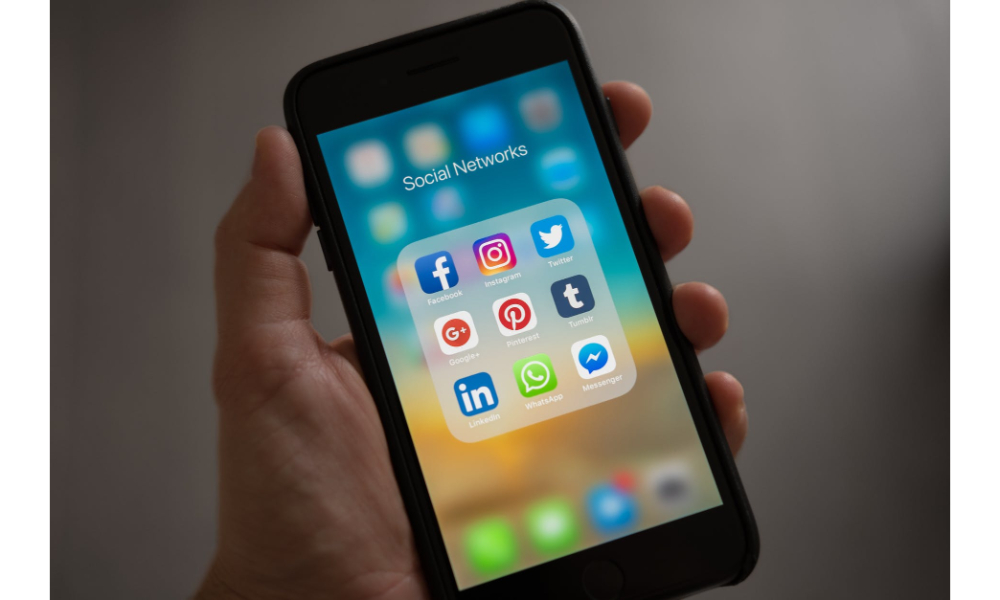There are several reasons why an individual would choose to track the location of an Android phone. A reason that quickly comes to mind is a lost smartphone. It can be very devastating to lose a smartphone, and it is more devastating if the phone contains important documents that you did not backup to a cloud account. So, in this instance, it is pertinent for the owner of the lost phone to, at least, track the lost phone, with the hopes of finding the phone.
On a similar note, another reason why people track the location of an android phone is to monitor the movement of an individual or individuals. Now, you may ask: what could possibly inform the decision to monitor the locations of another person? Well, for a start, it could be that an individual suspects his partner of cheating. Or, it could be that a parent is concerned about the friends that his or her child hangs with, and wants to prevent the child from sowing seeds of friendship that will yield fruits of regrets soon. This kind of monitoring, of course, should be done with the informed consent of the individual that will be monitored. Now, that the “why” location-tracking has been sorted out, it is only wise to address the “how.”
To debunk a common-myth of location-tracking: You do not need to be a tech-savvy to use location-tracking apps. A simple understanding of how the app works and following the given instructions is sufficient for you to use the app. If you are an Android user, be of good cheer, because there are various tools that you can use to track the location of your device.
So, if, one day, you are unable to find your phone, or your phone was stolen, there are apparatuses built to help you in times like that. However, one thing you should note here is that location-tracking apps can only work when the lost, stolen or target device is switched on and its cellular network is on – without both of these on, it will be impossible to track the location of the Android phone.
So let’s discuss below how to track a phone and find its location.
Find My Device

A built-in feature that comes with every Android phone is “Find My Device”, provided that you added a functional Google account to your Android phone. Sometimes, Find My Device is disenabled, and this happens when you turn off your phone’s location. Despite that fact that Find My Device comes with Android phones, users still need to download the app from Google Playstore to get full access to all that the app offers. To download the app, visit PlayStore and search for “Find My Device”.
After installing, the app will require you to sign in as an existing Google account owner or as a guest. Follow every instruction given on the dashboard. Also, you can type a message that will be displayed when your device is stolen or lost, so as to guide a good Samaritan to you. Again, bear in mind that for Find My Device to work, your location must be turned on and the device must be connected to a network (WiFI or Cellular data).
How to Track an Android Phone using Find My Device?
Since your device is lost or stolen, it means that you cannot use Find My Device on it. You see, Find My Device was created for you to use another device to locate a stolen or lost phone – not the other way around. So, to locate your device, visit www.android.com/find using any browser.
You can visit the websites using another smartphone or a personal computer. To access Find My Device, you will need to log into your Google account, using your email address and password. If your device is connected to the internet, the location tracking id on and it is powered on, you can secure its location on the map. In addition to writing a message on the device, you can erase all the information on your device remotely, that is if you decide that the phone is irretrievable. Also, your mobile phone will be displayed on the phone, providing a good Samaritan with the means to call you.
Find My Device is an easy option to use if you lost your phone, or it was stolen. Unlike some apps, Find My Device does not charge any explicit or hidden fees for the services rendered. Tech companies, like Apple and Samsung, offer built-in location tracking apps to their phone, namely, Find My iPhone and Find My Mobile respectively. However, some people prefer to use other location-tracking apps commonly known as “third-party apps” to track the location of an Android phone.


If you enjoyed the reviews above, but would like to discover other mobile applications that offer tracking solutions, we have a nice list below for you to consider. To learn more about each of the solutions below, you can visit their main site or any of the top Apple review blogs that highlight different mobile devices and applications that are getting attention.
Prey
Prey is a location-tracking app that can be used on computers and smartphones, which enables you to track multiple devices. You need to create an account before you can use the app. When your phone goes missing, you can find its location by using Prey’s web platform. The interesting thing about this location-tracking app is that it will only track the location of a device when you tell it to work.
This means that your privacy is secured, that is, you do not have to worry about a third-party app being privy to your every move. To use all the features that Prey offers, you need to subscribe to a plan, which means you have to pay.
Life360 Family Locator
If you are a parent and you need to monitor the movements of your kids, Life360 Family Locator is right for you. For starters, it allows you to track multiple phones at an affordable price. Basically, the app was created for family use. The location of your family members appears as icons on a live map.
Where’s My Droid
Where’s My Droid allows you to protect your files from being tampered with when stolen or lost. It does this by allowing you to password protect your device. The real-time location of your phone can also be viewed on a map.
All in all, various apps can be used to track the location of Android phones.



